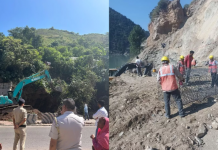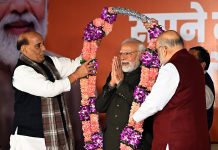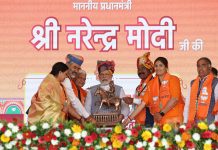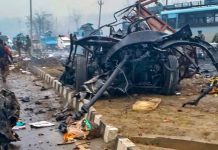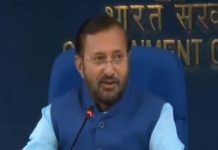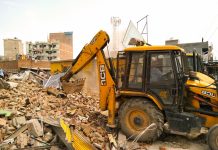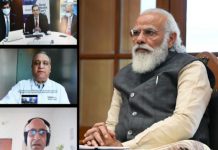Share of rail traffic, both in passenger and freight, has come down drastically in the past few decades despite volume of rail traffic having gone up substantially in absolute terms. Presently, passenger share of Indian Railways has come down to 13 per cent from 75 per cent at the time of Independence. There is a trend of decline in actual number of passengers which in 2012-13 was 8,421 million and has come down to 8,151.90 million in 2015-16.
 According to the Ministry of Railways, reduction in passenger traffic is attributed to factors like capacity constraints on major trunk routes, improvement in road infrastructure offering better and faster connectivity, gradual shift of passenger traffic to growth of metro rail services, cancellation of trains due to agitations, natural calamities and so on. While several proactive innovative steps are underway for improving passenger traffic, a positive growth of 0.45 per cent was achieved during the first half of the 2016-17 fiscal ending September 2016, said a Railway Board source.
According to the Ministry of Railways, reduction in passenger traffic is attributed to factors like capacity constraints on major trunk routes, improvement in road infrastructure offering better and faster connectivity, gradual shift of passenger traffic to growth of metro rail services, cancellation of trains due to agitations, natural calamities and so on. While several proactive innovative steps are underway for improving passenger traffic, a positive growth of 0.45 per cent was achieved during the first half of the 2016-17 fiscal ending September 2016, said a Railway Board source.
Indian Railways incurred heavy losses worth over 30, 000 crore in passenger services last year, which is cross subsidised from freight earnings because of its social responsibility. Simultaneously, railways is getting tougher competition from road traffic and low-cost airlines. Presently, about 83 per cent of passenger traffic is from those segments where fares have been kept low consciously to cater to common people. In this context and in view of majority of people being poor, scope for increase in passenger fares was little.
Also, because of General Elections in 2019, the government didn’t want to disappoint the public by increasing train fares in the budget for the next fiscal..
It is a matter of concern that while rail freight traffic between 1950-51 and 2013-14 grew15 times, share of railways in originating tonnage has come down from 89 per cent in 1951 to 30 per cent in 2011-12. Apart from high freight rates, necessitated by cross-subsidization of passenger services, other factors responsible for declining freight traffic include under-investment in augmenting rail transportation capacity over the years, majority of rail freight basket being confined to a small group of bulk core commodities with coal constituting 50 per cent. Efforts including innovative marketing strategies are underway to increase rail freight traffic basket.
At the same time freight rate is prohibitive and uncompetitive. It is also true that road traffic has an edge. With introduction of 60 ton trucks to 90 ton trucks in the coming times to meet the challenges of globalised Indian economy, competition to the rail freight from roads will still be higher. So options for hike in freight rates are saturated and few.
In the budget 2018-19, the railways had fewer options to increase fares and freight rates. Nevertheless, some innovative out of the box measures were expected to be announced to mop up additional resources like dedicated commercial ads of global corporations preferably in elite trains like Rajdhani, Shatabdi and Duronto as well as in other mail/express/superfast trains. Some other measures, could have included commercial space utilization for additional revenue.
There is also talk about Railways High Speed Authority and Rail Development Authority, besides the progress of 100 per cent FDI in Indian Railways, and the possibility of announcement of Germany’s Siemens setting up their manufacturing of railways equipment under 100 per cent FDI under Make in India, talk for which is underway.
With the evolving outsourcing of non-core rail services, the quality of services including passenger amenities has gone down.
Some measures have rightly been announced to improve rail services including passenger amenities with corrective measures to improve quality of catering and packaged drinking water following damning report of the CAG in 2017. Besides, rail safety has been given additional added priority in view of major train accidents in 2016 and 2017.
letters@tehelka.com

